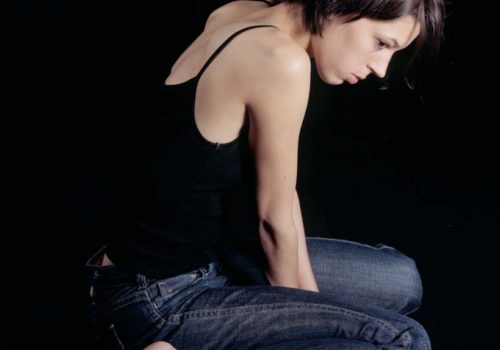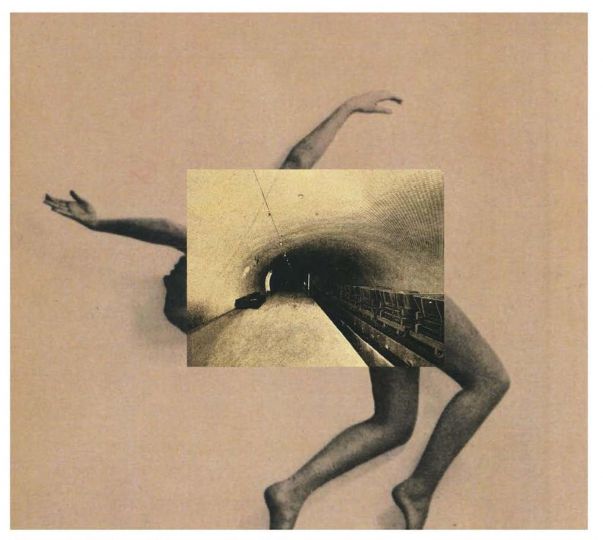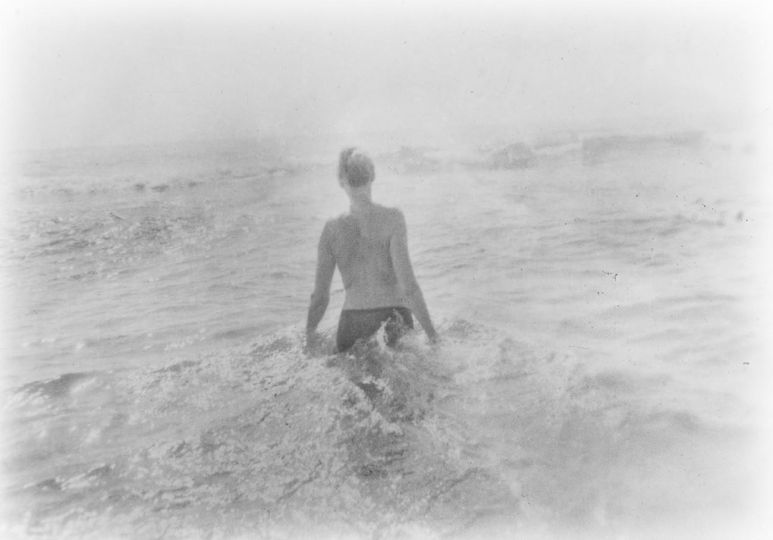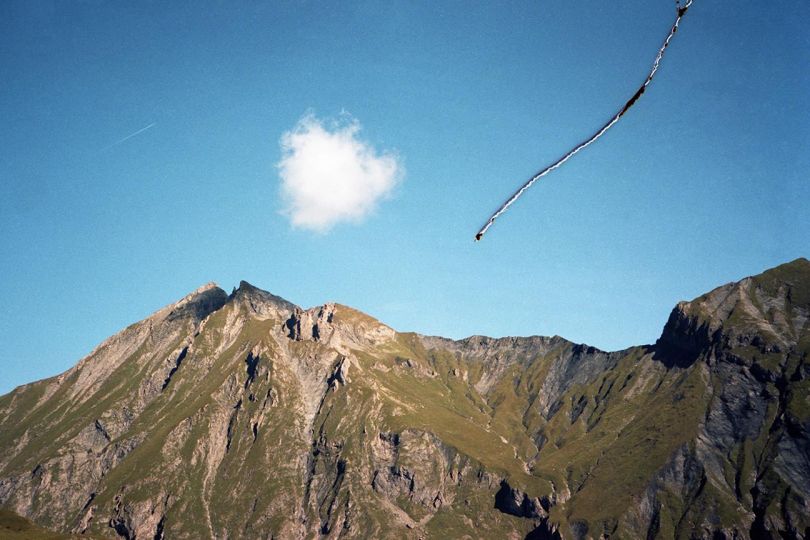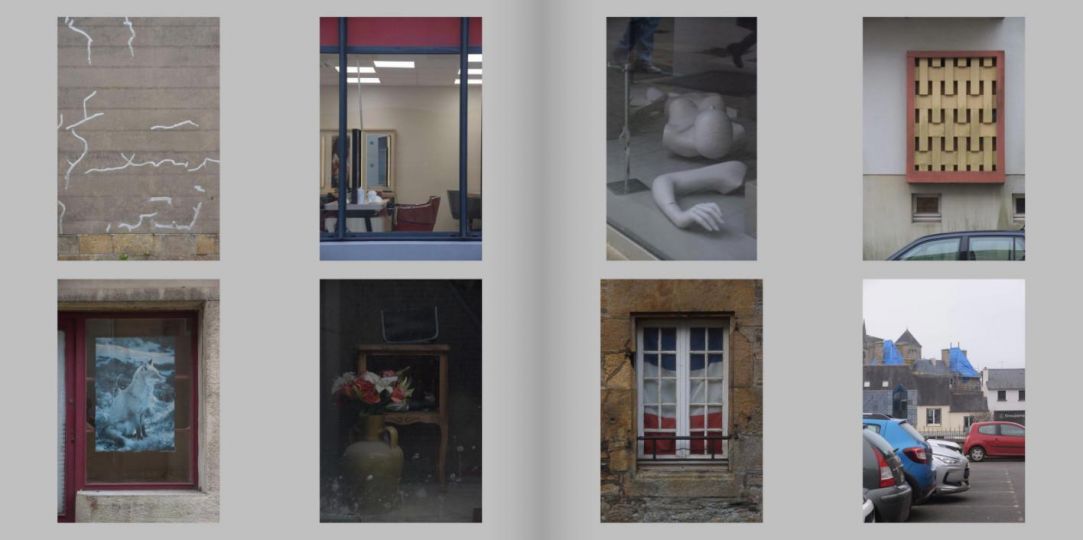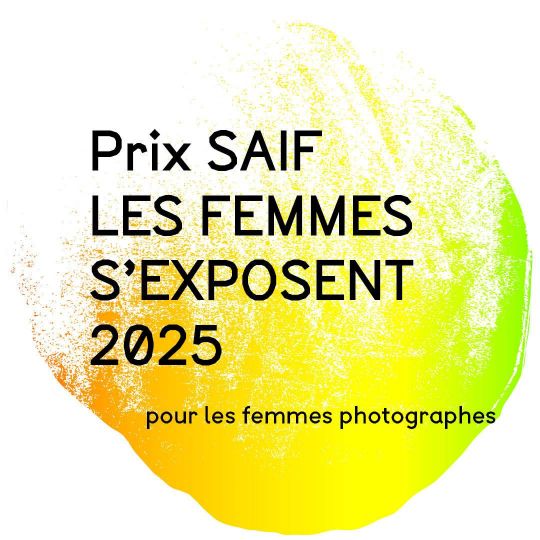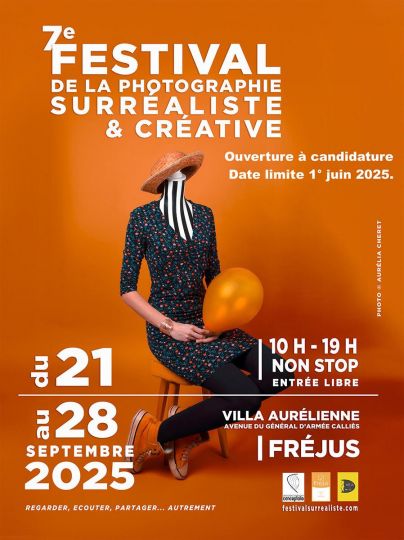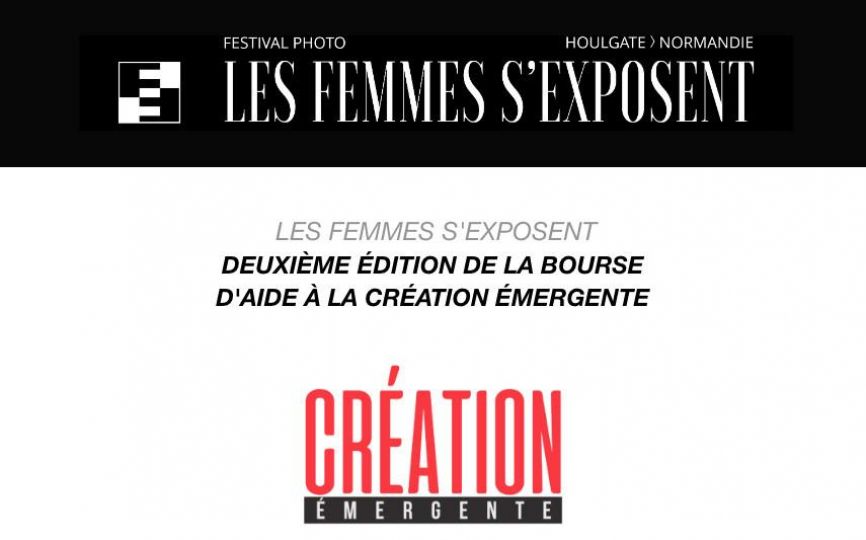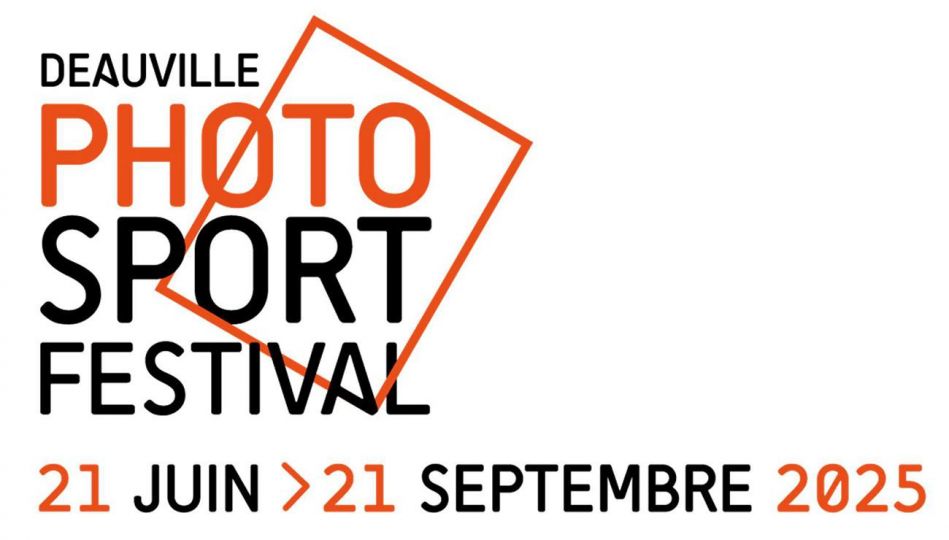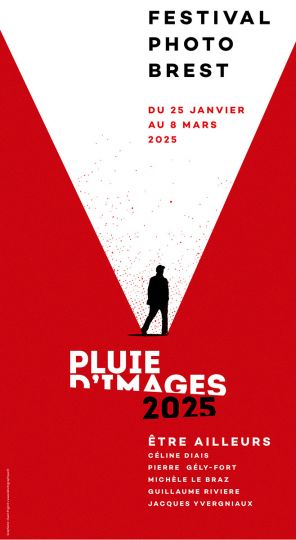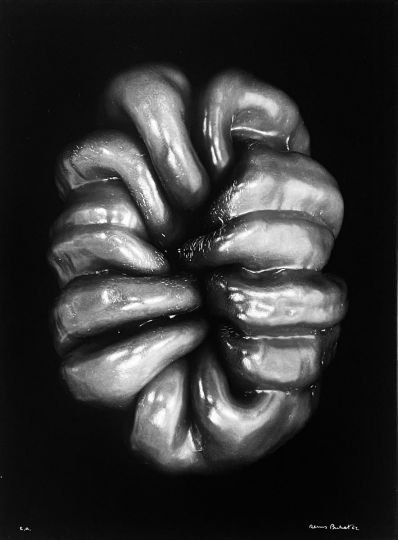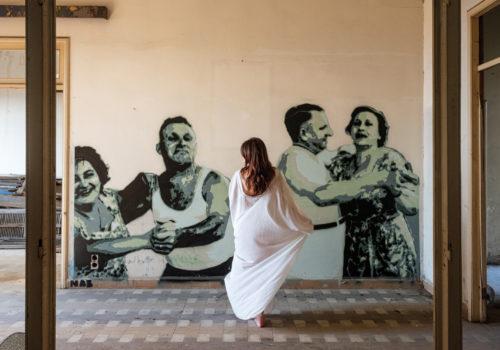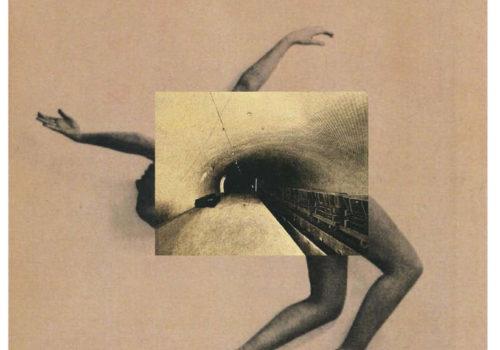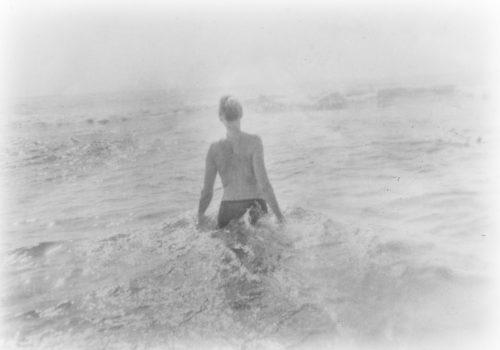I’m from a generation that knew nothing of the naughtiness, activism, criticism and commitment of the women’s lib movements or of the artists back in the 1960s, 70s or 80s. The body that I know is a body codified to the extreme, whether in appearance, sexuality, health or youth. It seems to me that we no longer have the same means and strategies of reaction, of criticism, or even of defense that previous generations had to cope with the violence brought on by these codes with often inconsistent requirements, with sometimes very invasive practices in order to be able to comply with them. Commitment and resilience sometimes gradually give way to withdrawal strategies. This breaking off is what interests me, time to let go and discard one’s defenses. A combination of relaxing,and of perceptible tension and discomfort, between absence and expectation… . One is kept at a distance, away from any intrusion, . Bodies weakened by their overexposure bend into an enveloping and brittle intimacy. Each person is photographed in such a way as to freeze him or her and give him or her the appearance of a sculpture, reinforcing the body as a boundary between oneself and the other, while the skin becomes a fragile film, . The image maintains a relationship with the observer created by these ambiguities, between the attraction of bodies exposed, of a brilliant, icy image, and the impossibility of projecting oneself into it.
This article is reserved for subscribed members only. If you are already a member, you can log in here below.
Subscribe for full access to The Eye of Photography archives!
That’s thousands of images and articles, documenting the history of the medium of photography and its evolution during the last decade, through a unique daily journal. Explore how photography, as an art and as a social phenomenon, continue to define our experience of the world. Two offers are available.
Subscribe either monthly for 8 euros (€) or annually for 79 euros (€) (2 months offered).

